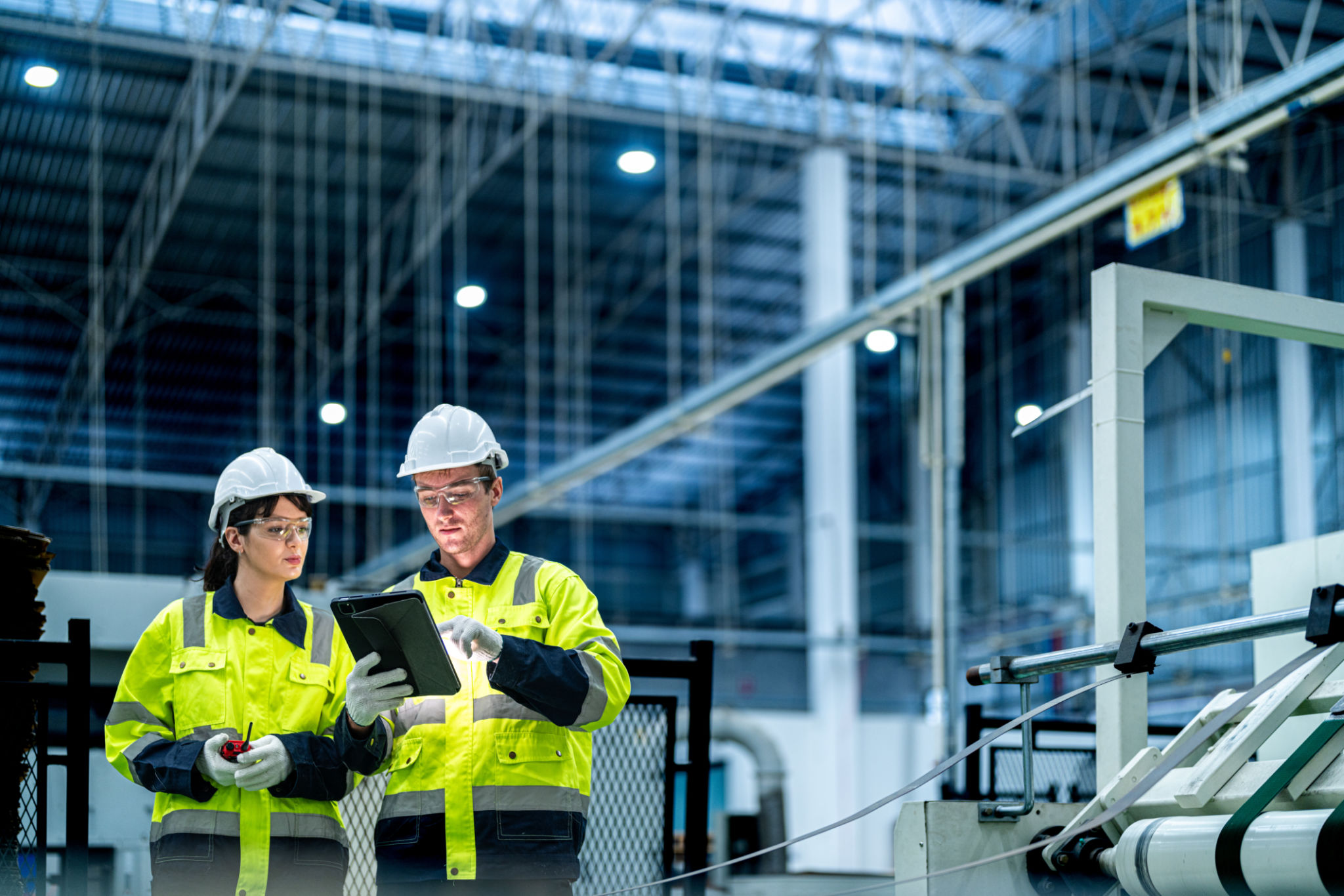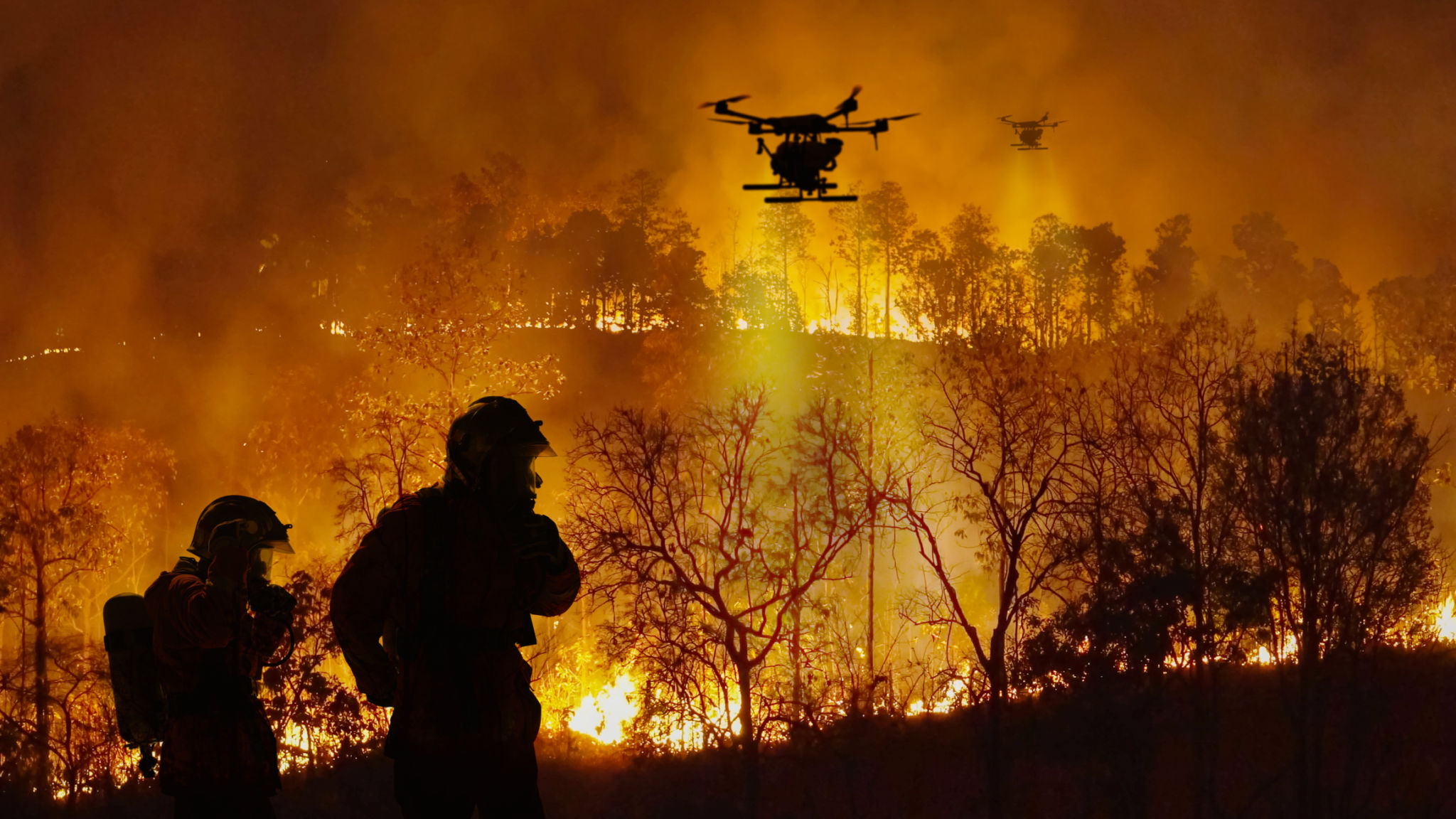Comparing Inspection Robots and Drones: Which is Right for Your Business?
Understanding Inspection Robots and Drones
In recent years, technological advancements have significantly transformed the way businesses conduct inspections. Two popular innovations in this space are inspection robots and drones. These tools offer unique capabilities that enhance efficiency, safety, and accuracy in various industries. However, choosing the right one for your business depends on several factors. Let's explore the differences to help you make an informed decision.

The Capabilities of Inspection Robots
Inspection robots are designed to perform tasks in environments that are hazardous or challenging for humans. They can be equipped with a variety of sensors and tools to conduct detailed inspections. These robots are particularly useful in industries such as oil and gas, manufacturing, and nuclear energy, where they can operate in confined spaces and under extreme conditions.
Some key benefits of inspection robots include their ability to provide consistent data collection, reduce human error, and improve safety by minimizing human exposure to dangerous environments. Additionally, robots can often be customized with different attachments to cater to specific inspection needs.
The Advantages of Using Drones
Drones, also known as unmanned aerial vehicles (UAVs), have gained popularity for their ability to quickly cover large areas and capture high-resolution imagery from above. They are especially beneficial for industries like agriculture, construction, and real estate, where aerial views provide valuable insights.

The primary advantages of drones include their speed and accessibility. They can rapidly deploy to various locations without the need for extensive setup or infrastructure. Furthermore, drones can capture comprehensive data from hard-to-reach areas, making them ideal for topographical mapping and surveying large properties.
Comparing Costs and Operational Efficiency
When comparing costs, it's essential to consider both the initial investment and the ongoing operational expenses. Inspection robots often require a higher upfront cost due to their complexity and need for specialized equipment. However, their durability and ability to perform repetitive tasks may offset these costs over time.
Drones typically have a lower initial cost but may incur additional expenses related to software updates, training, and maintenance. Nevertheless, their operational efficiency and flexibility can lead to significant savings in time and labor costs.

Regulatory Considerations
Both inspection robots and drones are subject to regulatory guidelines that vary by region. Drones, in particular, must adhere to aviation regulations that govern their use in commercial settings. These regulations may involve obtaining specific licenses or permits to operate legally.
Inspection robots, on the other hand, face fewer regulatory hurdles but may still require compliance with industry-specific standards or safety protocols. It's crucial for businesses to understand these requirements before investing in either technology.
Determining the Best Fit for Your Business
The decision between inspection robots and drones ultimately depends on your business's specific needs and operational environment. Consider the following factors:
- Industry Requirements: Identify the primary tasks you need the technology to perform and assess which option better suits those needs.
- Budget Constraints: Evaluate both the upfront and long-term costs associated with each option.
- Regulatory Compliance: Ensure you understand the legal requirements for operating these technologies in your industry.
By carefully weighing these considerations, you can select the technology that aligns best with your business objectives and operational context.